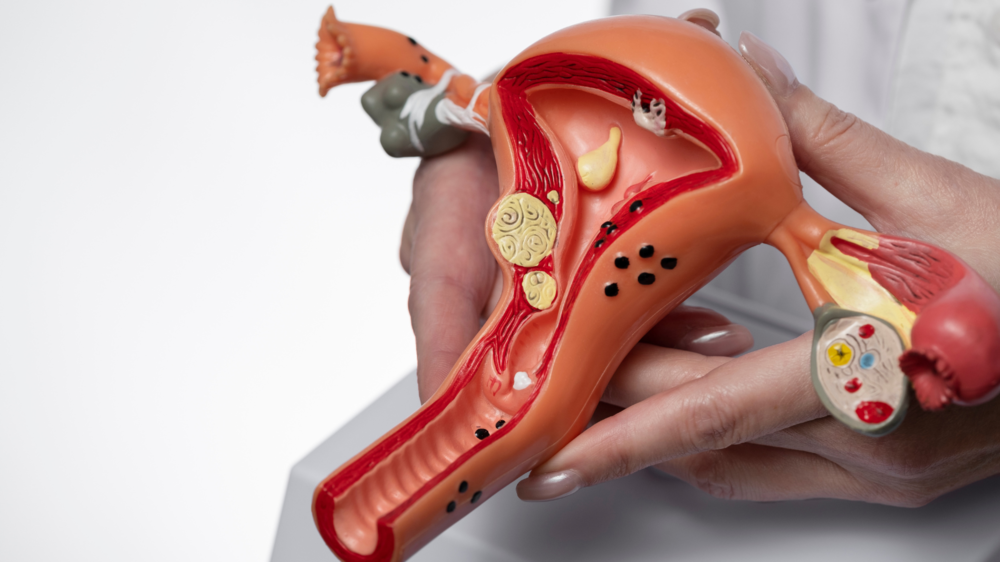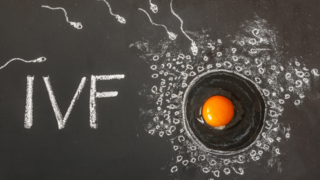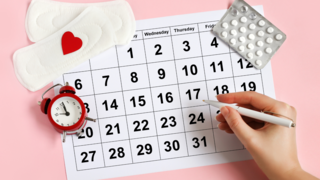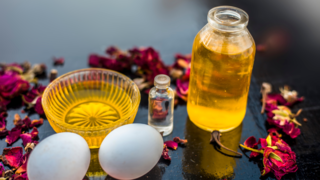Understanding how the test works will clear up all your doubts, allowing you to proceed with confidence in your conception journey.
What is an HSG Test?
An HSG is a special kind of X-ray to check whether your uterine health and fallopian tubes can support pregnancy. The doctor performs the following procedure, which is typically completed within 30 minutes.- A thin tube is inserted through your cervix to fill your uterus and fallopian tubes with a special dye.
- Then, an X-ray machine (called a fluoroscope) takes images as the dye moves through the body.
- When the dye freely passes through the tubes, it means they are open.
- A blockage is identified when the dye does not move through.
Your doctor may recommend this test after your period ends and before your fertile window begins, typically between Days 6 and 12 of your cycle.
Why Do You Need an HSG?
Your doctor suggests an HSG test when you have been unsuccessful in getting pregnant after trying to conceive for almost a year (or six months if you’re over 35). This test helps identify the following problems that may be preventing pregnancy.- Blocked fallopian tubes, which prevent the sperm from fertilising an egg
- Uterine issues, such as polyps, fibroids, or an unusual shape, may prevent implantation
You can undergo the necessary treatment as recommended by your doctor after identifying the clear cause of the unsuccessful attempts.
Can an HSG Help You Get Pregnant?
You may wonder if undergoing an HSG test will improve your chances of getting pregnant. It may improve your chances slightly. An HSG test requires a dye to fill your uterus and tubes, which removes the minor blockages, such as mucus from your tubes. This clears out your tubes, allowing the sperm to reach an egg without any trouble.Many studies support this, as some women conceived within 3 to 6 months after their HSG test. It was also observed that an oil-based dye was used in such cases rather than a water-based dye.
Please remember this test is not a fertility treatment, so the conception depends on individual conditions and several other factors. Treat this test as a diagnostic tool for underlying issues. The improvement in fertility is a positive effect of an HSG test.
How Soon After an HSG Can You Try to Conceive?
You can usually start trying after your doctor gives you the clear sign, which is often within the same cycle as the test. Many doctors even encourage trying naturally in the first 2-3 months after an HSG test. The chances may be higher during this period.Just wait a couple of days before trying in case of any spotting or cramping after the test. Remember to follow only your doctor’s advice, as it may be specific to your condition.
What Does It Mean If Your Tubes Are Blocked?
You may be facing difficulties in trying to conceive if the HSG shows that one or both tubes are blocked. Your doctor may recommend other tests in such cases.- Further testing to confirm the blockage
- Surgical options to clear the blockage (in some cases)
- IVF (In Vitro Fertilisation) is used if both tubes are completely blocked
Fortunately, you can conceive naturally even if one tube is open, especially if you ovulate from the side with the open tube.
Is the HSG Test Painful?
The test experience may vary for each woman, and some may find it slightly uncomfortable. The following aspects are common after the test.- Cramping, similar to period pain
- A slight pressure due to the injection of the dye
- Mild spotting after the procedure
You can take a mild pain reliever, such as ibuprofen, before the procedure to help ease discomfort. Please remember that it is only temporary, and most women go home the same day.
Risks and Side Effects of HSG
Generally, HSG is considered safe, but as with any medical procedure, there are small risks associated with it.- Infection (rare)
- Allergic reaction to the dye
- Injury to the uterus or fallopian tubes (very rare)
Consult your doctor if you notice fever, foul-smelling discharge, or severe pain after the procedure.
What If Your HSG Results Are Normal?
You can take it as a positive sign if your HSG shows that your uterus and tubes look normal and healthy. However, it also indicates that you may be facing fertility challenges due to the following issues.- Ovulation problems
- Egg quality
- Male factor infertility
- Hormonal imbalances
Your doctor may suggest further testing, lifestyle changes, or fertility treatments like IUI or IVF, depending on your situation.
FAQs on Can a Simple Test Help You Conceive Faster?
- Is pregnancy guaranteed after an HSG test?
Some women get pregnant within 3–6 months after the test, but it is not a guarantee. The dye used in the test clears minor blockages in the fallopian tubes, which can support pregnancy. - Does the type of dye used in the HSG matter?
Several studies have shown that oil-based dyes have a higher pregnancy rate than water-based dyes. Both types of dye are used depending on the hospital and your medical history. - Can I try to conceive right after the HSG test?
You can start trying again in the same cycle if your doctor approves it. Try within the first few months after the test, as the chances are slightly better during this time.






